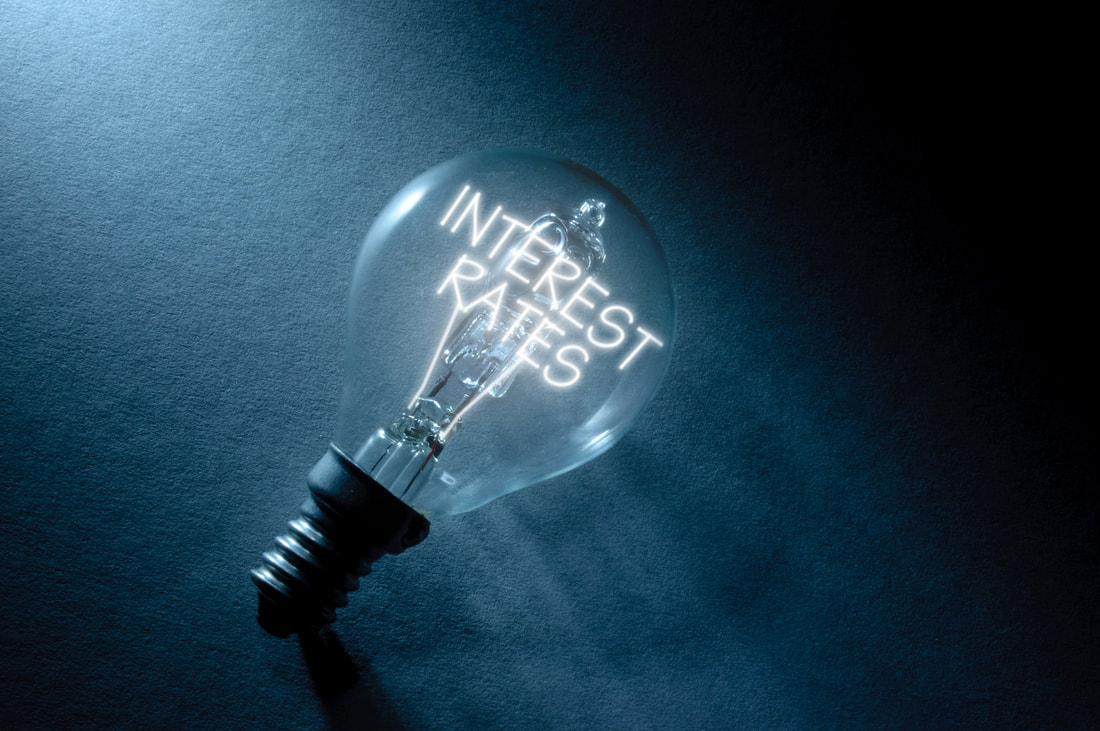The one year swap rate at which banks borrow money domestically to lend fixed for one year has only retreated to near 5.7% from 5.9% a month ago while the three year rate has only eased to 5.4% from 5.5%. Six months ago these key rates were 5.7% and 4.7% respectively. What we can see is that the longer term borrowing costs have been pushed quite a bit higher.
This is not really because of developments in New Zealand, but instead a decrease in confidence in the United States that monetary policy there will be speedily eased through 2024. The US labour market has proved a lot stronger than expected and contributed to the economy growing at almost a 5% annualised rate during the September quarter.
Levels of and movements in borrowing costs in the United States tend to affect rates in other countries and the result has been extra increases in bank fixed mortgage rates, especially for the medium to long terms. But why the rise over the past six months in the common one year fixed mortgage interest rate from 6.7% to 7.3%?
About half of this 0.6% rise can be put down to banks getting their lending margin from below average levels. The other, more recent, half looks purely to be a profit boosting move taking advantage of the fact that most people looking to fix their mortgage rate are opting for either one year, 18 months, or two years. Few people are fixing three years and longer.
People are doing this because of the ongoing wide belief almost all of us have that interest rates are at about their cyclical peaks right now and the next big changes will be downward – though not for some time. The problem here of course is that many of us have been of this view both here and offshore for a year now and yet rates have continued to climb higher.
This is because inflation globally is proving to be a lot “stickier” than earlier assumed. It can be seen in New Zealand when we look behind the headline 5.6% inflation rate to see what is happening without the special factors which can move things around quite a bit. For instance, if we strip away goods traded internationally and therefore affected mainly by developments in the rest of the world, what we call the non-tradeables inflation rate in New Zealand is 6.3%. The peak was 6.8% only six months ago.
There are also other pieces of data telling us and the Reserve Bank that inflation is not set to fall away sharply. The net proportion of businesses in the ANZ Business Outlook survey saying they intend raising their prices in the coming year averages 25%. The latest result is almost twice that at 47%, up from 44% a month earlier.
One measure of consumer inflation expectations from ANZ and Roy Morgan has also just risen from 4.2% to 4.5%.
The next big change in New Zealand monetary policy will be an easing. But the chances are now not good that this will happen before the middle of next year, and some forecasters predict a further rise from the current 5.5% for the official cash rate may in fact be made.
Yet despite pessimism about interest rates the housing market continues to rise. Average prices nationwide have now gained 2.8% in four months led by Wellington near 4.8%, then Auckland 3.8% and Canterbury 2.8%. The three cities are leading price rises and some of this will reflect record net migration gains over 110,000 in the past year.
Migrants tend to go to the cities whereas people leaving tend to go from all around the country – especially the near record 43,000 flow of Kiwis out of NZ in the past year.
Prospects remain positive for house prices continuing to edge higher, but not at a fast pace for the next year given the ongoing restraint from high interest rates. But with falling construction until 2025, strong population growth, and a change of government bringing investors back into the market, the upward leg of the house price cycle which usually lasts five or so years, does look like running on from here as we enter (November) month six.
Go to www.tonyalexander.nz to subscribe to my free weekly “Tony’s View” for easy-to-understand discussion of wider developments in the NZ economy, plus more on housing markets. By Tony Alexander



